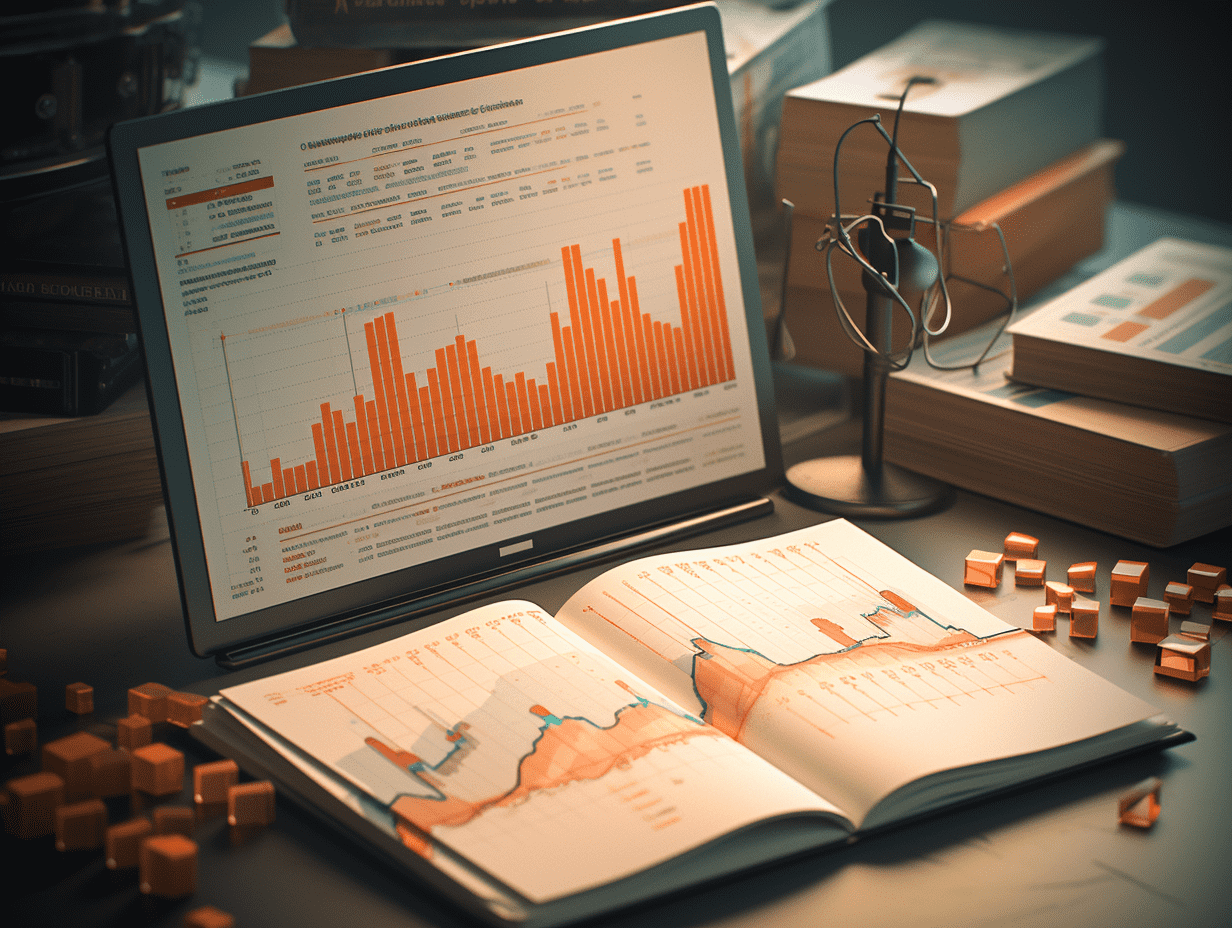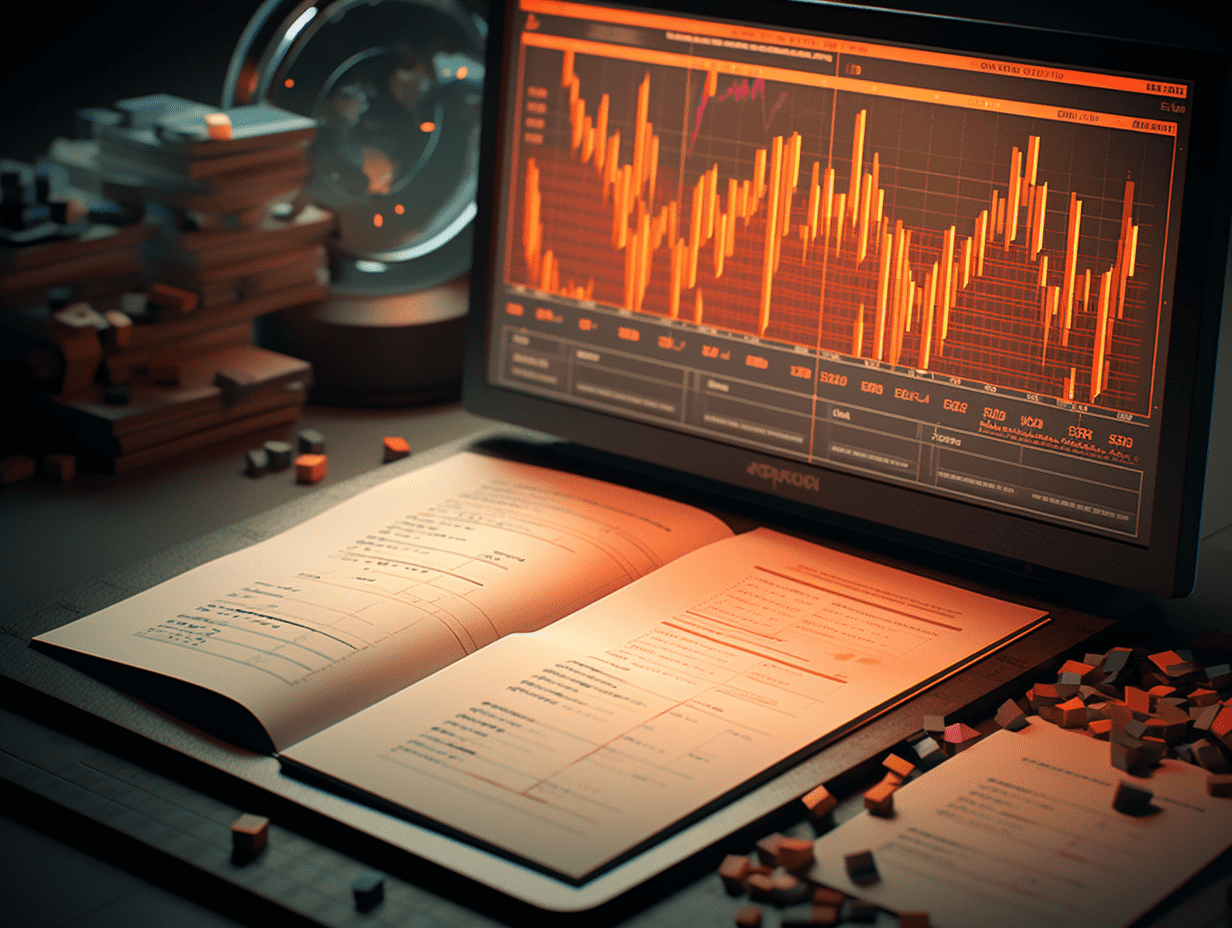
Guosen: The global potash supply and demand are in a tight balance, and the future is expected to see a revival in prosperity. We recommend focusing on Asia-Potash International Investment (000893.SZ).
Guosen released a research report stating that the spring plowing is about to begin, and the port inventory is at a low level. After the Spring Festival, the domestic potassium fertilizer prices skyrocketed by 400-500 yuan/ton, due to reasons including the low inventory of domestic potassium chloride. Potassium fertilizer is in an oligopoly structure, and the bank predicts that the annual exports of Russian and Belarusian potassium will decrease by 1.3-1.5 million tons, a decrease of 7%-8% year-on-year, coupled with seasonal growth in demand in agricultural production areas such as Southeast Asia and Latin America, the global potassium fertilizer supply and demand is in a tight balance. The bank specifically recommends Asia-Potash International Investment (000893.SZ), expecting the company's potassium chloride production in 2025 and 2026 to reach 2.8 million tons and 4 million tons respectively, with a total production capacity of 5 million tons expected when the first three million tons are fully operational.
In summary, key points from Guosen are as follows:
1) As the spring plowing is about to start and port inventory is at a low level, the domestic potassium fertilizer prices rose by 400-500 yuan/ton after the Spring Festival.
By February 20, the quoted prices for potassium fertilizers at ports were as follows: 62% Russian-Belarusian potassium at 3050-3150 yuan/ton, 60% Laotian white powder at 2900-2950 yuan/ton, 60% Russian red powder at 2780-2850 yuan/ton, and 60% large red granules at 3200-3400 yuan/ton. The increase in prices is mainly due to factors such as: (1) the low operating rate of potassium chloride in Qinghai due to seasonal reasons, with less than 40% currently in operation; (2) low inventory of domestic potassium chloride, with port inventory in China at 3.18 million tons as of February 20, a decrease of 1.21 million tons compared to the same period last year, a decrease of 28.6%, including 1.5 million tons of national reserves; (3) market inventory is mainly concentrated in the hands of large traders, leading to limited circulation of goods in the market; (4) the pre-fertilization period for spring plowing is the time of the year with the highest demand for fertilizers in China, and compound fertilizer plants are about to start potassium fertilizer reserves, leading to an increase in demand for potassium chloride.
2) Potassium fertilizer is in an oligopoly structure, with Belarus and Russia reducing production in 2025, and the global potassium fertilizer supply and demand in a tight balance.
There are only 14 countries in the world with potassium resources reserves, and the global apparent consumption of potassium fertilizer in 2024 is about 72 million tons, with Russia and Belarus accounting for 20% and 15% of production respectively. It is estimated that only 2 million tons of production capacity will be added by Asia-Potash International Investment in 2025-2026, with a demand growth rate of around 2%. In January 2025, Argus reported that Belarus plans to carry out large-scale equipment maintenance operations in its Soligorsk-4 mine area, which is expected to end by July 2025, leading to a decrease in potassium fertilizer production of about 900-1 million tons; in February 2025, the official website of Russian Uralkali reported that its three mines will temporarily stop production for maintenance in the second and third quarters of 2025, with production in the second quarter expected to decrease by at least 300,000 tons, and the level of production in the third quarter depending on the maintenance results, further reducing export supply by 400,000 tons. The bank predicts that the total exports of Russian and Belarusian potassium will decrease by 1.3-1.5 million tons in the whole year, with a decrease of 7%-8% year-on-year, combined with seasonal growth in demand in agricultural production areas such as Southeast Asia and Latin America, the global potassium fertilizer supply and demand is in a tight balance.
3) Due to increased costs from sanctions in Europe and the United States, as well as potential tariff conflicts between the U.S. and Canada, the global potassium fertilizer market is expected to see a recovery.
As a result of sanctions from the European Union and the United States, Belarus is unable to export potassium fertilizers through its nearest port in Klaipeda, Lithuania, and instead has to divert through St. Petersburg in Russia and Murmansk, leading to a significant increase in transportation costs. The bank predicts that the bottom price of global potassium fertilizer will be at CFR 280 USD/ton. After taking office, Trump announced additional tariffs on goods imported from Canada, prompting Canada to respond with retaliatory tariffs. Canada is the largest potassium fertilizer exporting country in the world, with the U.S. being its largest potassium fertilizer importer, importing 11.7 million tons from Canada in 2023, with 87% coming from Canada. If tariff conflicts between the U.S. and Canada materialize, it may drive up global potassium fertilizer prices. This week, Canadian company Nutrien raised its potassium fertilizer prices by 20 USD/ton to 320 USD/ton for the U.S. market, and by 30 CAD/ton for the Canadian market. Currently, potassium fertilizer CFR prices in Southeast Asia are at 310-320 USD/ton, an increase of 20 USD/ton compared to the beginning of the year.
Risk Warning: Risks of significant fluctuations in potassium chloride prices; risks of potassium chloride production reduction not meeting expectations; risks of new project commissioning; risks of frequent natural disasters; risks of geopolitical tensions; risks of domestic and foreign policy changes, etc.
HK Stock Market Move | Great Wall Motor (02333) rose more than 3% in early trading, intending to acquire the remaining 80% equity of Wuxi Xindong to enhance industrial synergy and overall competitiveness.
HK Stock Market Move | Semiconductor stocks continue to rise, Hua Hong Semiconductor (01347) rises over 4% and Semiconductor Manufacturing International Corporation (00981) rises over 3% to reach a new high.
RECOMMEND
©️2013 - 2025 GMT EIGHT Holdings. All Rights Reserved.
Contact: contact@gmteight.com


